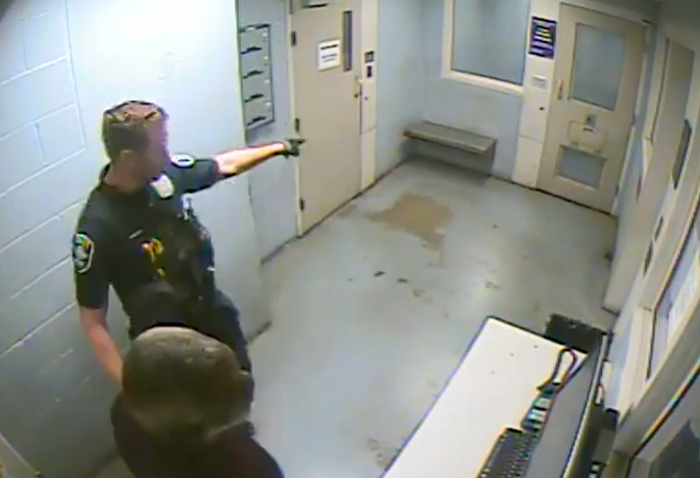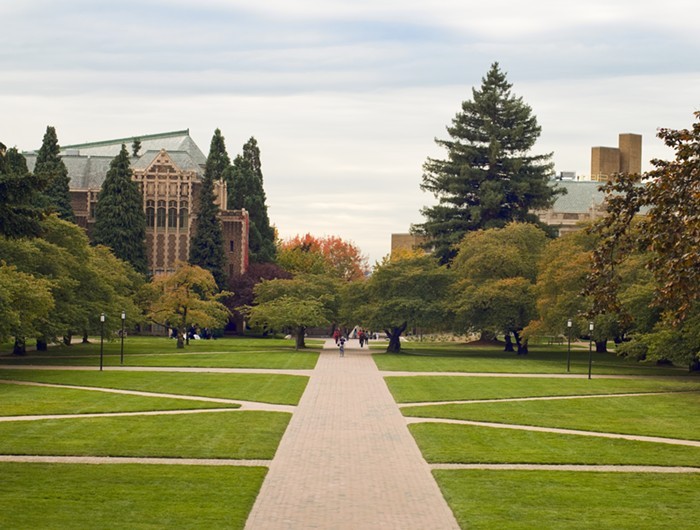Last week, The Stranger has learned, representatives of the state legislature, city council, Downtown Seattle Association, and Mayor Greg Nickels’s office met to discuss what to do about the Alaskan Way Viaduct replacement. On the table: How to reach a compromise with state House Speaker Frank Chopp (who has his own plan to rebuild the viaduct and opposes the six-lane tunnel favored by the mayor) that will allow the city to avoid the public vote recommended by Governor Christine Gregoire. Stakeholders, including most of the city council, believe a public vote would be divisive and could be inconclusive; additionally, tunnel supporters may worry that the vote would favor a rebuild, which has been popular in polls. The proposed solution: a four-lane, cut-and-cover tunnel that would bypass downtown, serving north-south freight traffic and giving drivers who don’t want to sit through downtown traffic the option of paying a toll to pass it by. Downtown traffic, meanwhile, would be routed to a surface boulevard, much like the current Alaskan Way.
A lot remains unclear about the four-lane-tunnel option—including, importantly, how much it would cost. If the savings are significant, the “new” money could be rolled over into other projects that are part of the Regional Transportation Investment Plan, on the ballot in November, including a replacement for the Highway 520 bridge across Lake Washington. If the savings don’t amount to much, a compelling justification for shrinking the tunnel would go away. Rob Johnson of the Transportation Choices Coalition, which supports the six-lane tunnel, says his group “would be happy to see the discussion move in the direction” of a four-lane tunnel, “especially if it saved money.”
Another thing that’s far from clear is whether Chopp and Nickels would agree to an option that would reportedly reduce traffic capacity by about a third; despite a state study indicating that adding a $1 toll on the viaduct would reduce demand by 40,000 cars daily, most city and state officials insist that the viaduct replacement must have enough capacity to serve 140,000 cars a day. Calls to Chopp’s and Nickels’s offices were not returned Wednesday. New House Transportation Chair Judy Clibborn, who was also reportedly at the meeting, did not return a call either.
Another question that remains unanswered is why a four-lane tunnel is being considered but a surface option isn’t. Both reduce capacity by about the same amount, but even tunnel supporters acknowledge that building a surface boulevard would be far cheaper than digging a tunnel. And the surface option includes a transit component, giving some of those displaced drivers a new way to get around. Moreover, the new tunnel would still reportedly surface and turn into a trench around Pike Place Market, blighting the waterfront from Victor Steinbrueck Park to Belltown. As long as we’re doing more studies, why not study all the options?


















